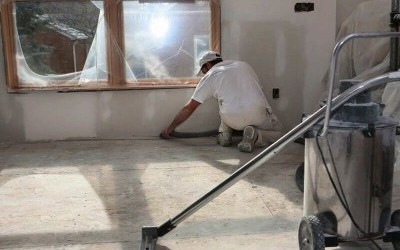Painting facades at height
Painting facades at height is the process of applying paint or protective coatings to the external surfaces of buildings located at significant heights. This service is often used to refresh the appearance of buildings and to protect facades from atmospheric exposure and corrosion. Here are some key aspects of painting facades at height:
-
Specialized Access Methods: Specialized access methods are employed to reach facades at height, including rope access, aerial platforms, cranes, and rigging systems. Professionals performing work at heights must be trained and equipped for safe operations.
-
Selection of Paint and Materials: The choice of the right paint and protective materials is crucial and depends on factors such as the type of facade surface, climate conditions, and desired aesthetics. Professionals take these factors into account when selecting materials.
-
Surface Preparation: Prior to painting, preparatory work is carried out, including removing old paint, cleaning off dirt and dust, repairing damaged areas, and applying primer.
-
Precision and Attention to Detail: Painting facades requires high precision and attention to detail to ensure even coverage and an appealing appearance.
-
Safety: Working at heights always involves increased risks, so safety is paramount. Specialists follow strict safety measures and use appropriate safety gear.
-
Finishing Touches: After completing the painting, additional protective layers or maintenance may be required to maintain the appearance and long-term durability.
Painting facades at height helps preserve and enhance the appearance of buildings, protect them from environmental factors, and extend their lifespan. This service is commonly used in construction, maintenance, and renovation of real estate properties, as well as in updating the external appearance of buildings and structures.


